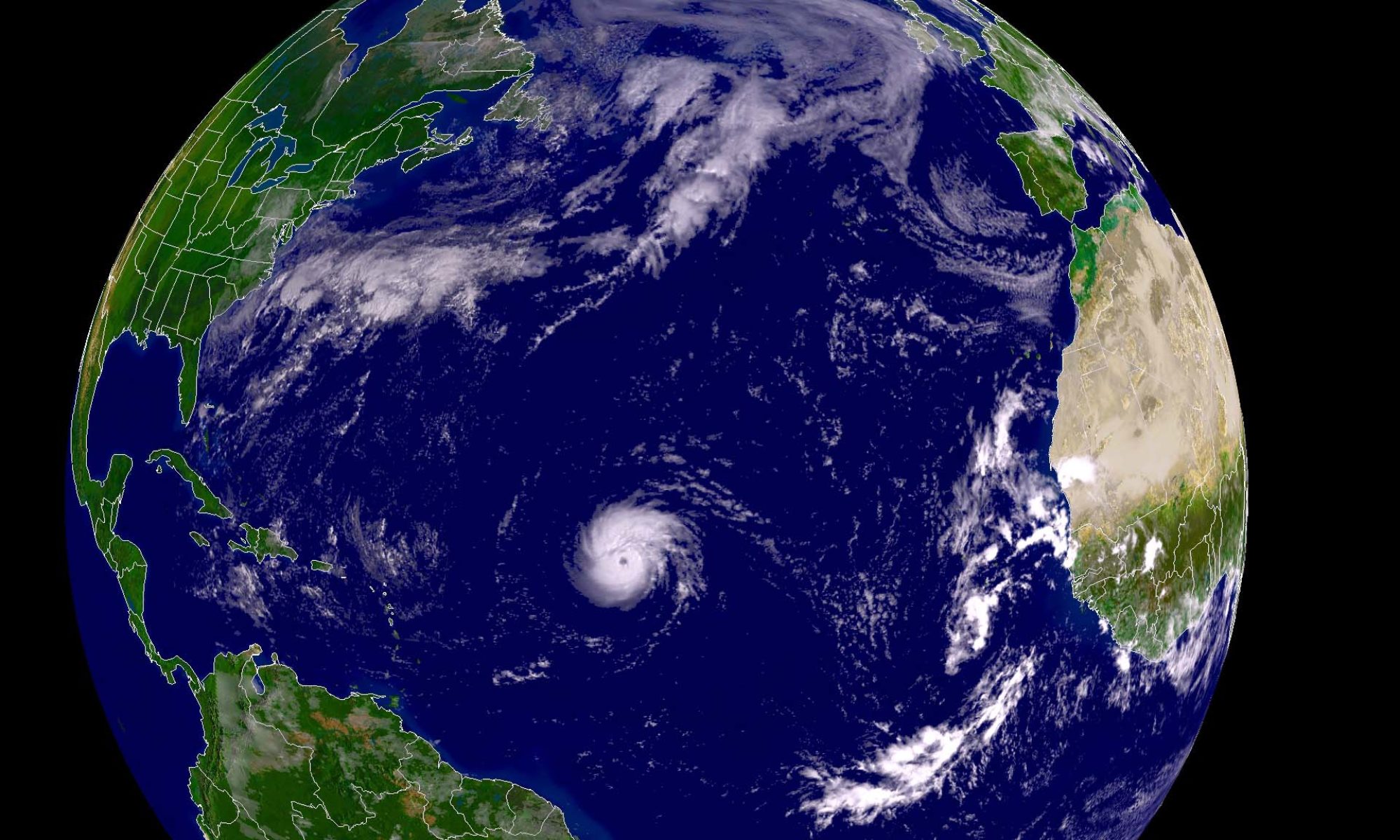By Akio Matsumura
UPDATE: A Japanese translation of this article is available here.
Mr. Reiji Yoshida wrote in The Japan Times on November 12, 2011:
Tokyo Electric Power Co. on Friday for the first time let reporters into the base camp for thousands of workers striving every day to fix the crippled Fukushima No. 1 nuclear plant, showing off new dining facilities, a dormitory for single workers and the latest radioactivity monitors to check vehicles and clothing.
Tepco had long barred reporters from visiting J. Village in the town of Naraha, Fukushima Prefecture, the main gate police are using to control access to the 20 km no-go zone around the Fukushima plant.
On average, 2,100 workers a day are trying to tame the crisis at the Fukushima No. 1 plant, which experienced three reactor meltdowns in March.
Skilled engineers are badly needed at present to contain the crisis, as workers have to quickly finish their tasks before being exposed to dangerously high levels of radiation.
(Workers) should know the locations of valves, which pipes run where, and what’s inside them; cold water, hot water or steam,”
And they need to go quickly to their destination in the plant and speedily finish their work because the radiation is high.
I have focused for several months now on certain aspectsof the Fukushima disaster, especially the dangerous situation of reactor unit 4, where spent fuel rods are balanced on the second floor of a crippled building. It is heartening to see that people have taken interest.… Continue reading



